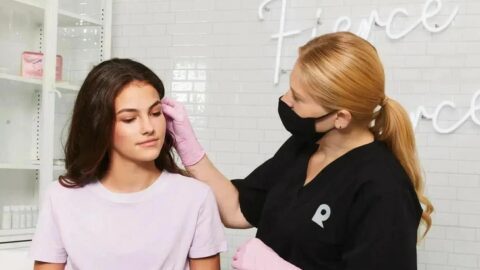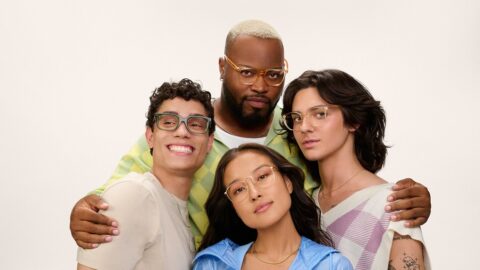Today’s consumers are utilizing more interactive and visual channels to learn about brands, items and trends. Pinterest, for example, is impacting how shoppers sift through inventory and how quickly they complete a purchase.
In fact, 32% of online shoppers indicated that they have purchased a product online as a result of seeing a photo on an image sharing community, according to new research from Bizrate Insights, a customer listening and web site rating solution provider.
Findings from Bizrate Insights’ two-part series, titled: Image Sharing and Online Shopping Series, spotlighted the browsing and buying behaviors of consumers that utilize Pinterest, Polyvore and other image sharing sites. Results for part one of the series were gathered from approximately 4,000 online customers during March 22-26, 2012, via a series of surveys on the Bizrate Insights survey platform.
Advertisement
On Pinterest, users can collect and share images from around the web and pin them to digital boards that are categorized based on customers’ wants and needs. Additionally, consumers can share their pins across Facebook and Twitter, extending the life of all user-generated content.
Polyvore allows visitors to create their own outfits from an assortment of inventory and brands then share creations through Facebook. Along with Discoveredd [sic], Fancy, Juxtapost and other image-sharing sites, Pinterest and Polyvore are focused on “like-minded people coming together around a topic, product, sense of style or interest they all share,” according to Hayley Silver, VP of Bizrate Insights.
“Whether it’s clothing, recipes or party planning, there is a multitude of areas retailers can tap to learn about their audiences,” Silver told Retail TouchPoints. She flagged Pinterest as “an extremely powerful tool that gets products, brands and ideas into the consumer consideration set.”
According to additional research from Bizrate of approximately 5,000 consumers between May 8, 2012, and May 30, 2012, the top categories shoppers browse on Pinterest are as follows:
- Home, Garden and Pool/Spa (45%)
- Clothing and Apparel (44%)
- Art, Art Supplies and Hobbies (42%)
- Flowers, Food Drink and Gifts (39%)
- Health and Beauty (37%)
Moreover, the top purchases consumers complete — or are inspired to complete — via Pinterest include:
- Clothing and Apparel (39%)
- Jewelry, Handbags and Accessories (23%)
- Art, Art Supplies and Hobbies (22%)
- Home, Garden and Pool/Spa (18%)
- Health and Beauty (14%)
Among consumers who have visited at least one of the most popular social image sharing sites to buy an item, 26% indicated that they completed a purchase by clicking directly on an image found on the site, which relocated them to the retailer’s site for checkout.
However, results revealed that, “retailers still have trouble making it easy for shoppers to get from an image to a specific product or page,” Silver reported. “That is where education has to take place.” In fact, 6% of consumers said that they had to look for items on a different site, as clicking on the image didn’t take them to a new location.
“Consumers are saying they like the images they see, but they’re having trouble moving from ‘Point A’ to ‘Point B’ — and sometimes they just get a JPEG image,” Silver said. “Retailers have to make the pinning process easy so shoppers can link back and access all product details, as well as complete a purchase on their e-Commerce sites.”
Tapping Pinterest To Roll Out Targeted Marketing Campaigns
To drive additional purchases, retailers are placing “Pin It!” buttons on their e-Commerce pages, creating a more streamlined process for shoppers to share and save must-have items on pin boards.
Bridging the gap between the e-Commerce site and image sharing social sites, best-in-class retailers can “determine their active Pinterest customers and engender a relationship with them,” Silver said. In turn, merchants will be able to segment customers based on specific tastes and style preferences, rather than on general information, such as age and gender, for more targeted marketing programs.
Innovative retailers are tapping into Pinterest as well as Polyvore to develop personas based on user-generated content such as pin boards, Silver explained, to showcase how items can fit into consumers’ lifestyles. She added: “There may be potential in these strategies for retailers who are considering different marketing campaigns to target consumers in a strategic way.”








